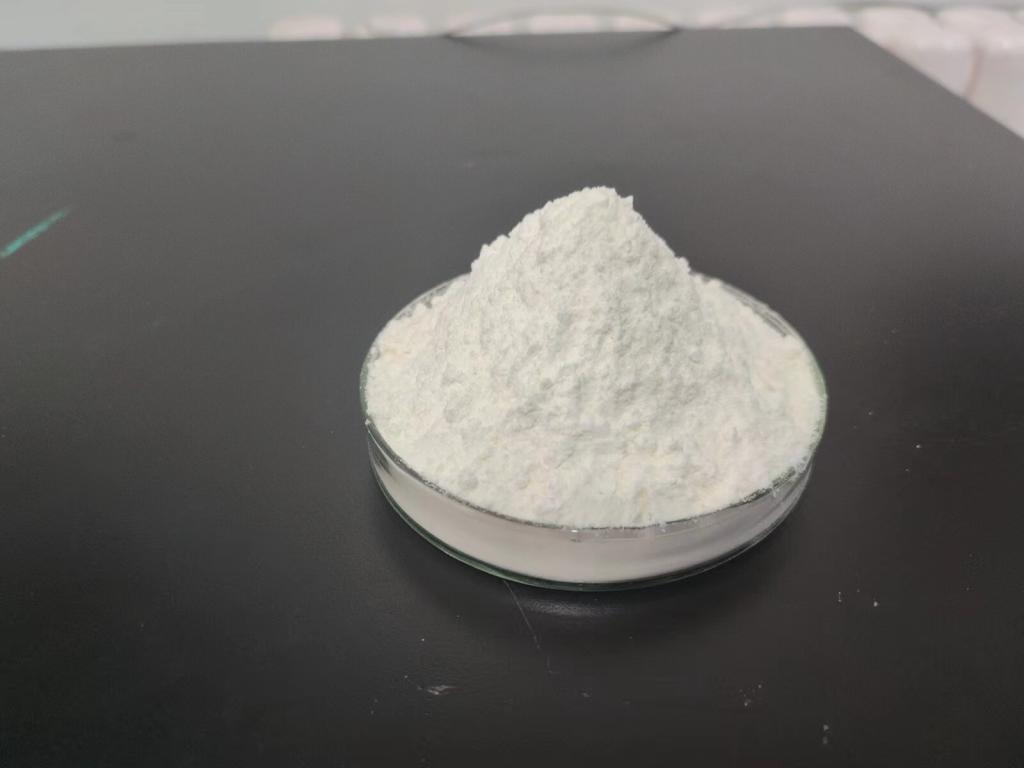Tel:+8618231198596

News
 CONTACT
CONTACT
 CONTACT
CONTACT
- Linkman:Linda Yao
- Tel: +8618231198596
- Email:linda.yao@dcpharma.cn
- Linkman:CHARLES.WANG
- Department:Overseas
- Tel: 0086 0311-85537378 0086 0311-85539701
News
Current Position:
Home >
News
>ε-Polylysine Hydrochloride: Navigating Regulatory Considerations in Food Industry.
ε-Polylysine Hydrochloride: Navigating Regulatory Considerations in Food Industry.
TIME:2023-10-12
The Role of ε-Polylysine Hydrochloride in Food Preservation
ε-Polylysine is a naturally occurring antimicrobial peptide produced by certain strains of soil bacteria. It has been widely used in the food industry as an effective preservative for decades. Its key role in food preservation includes the following:
Microbial Control: ε-Polylysine exhibits broad-spectrum antimicrobial properties, inhibiting the growth of various spoilage microorganisms, including bacteria and molds. This helps extend the shelf life of food products.
Food Safety: As a natural antimicrobial agent, ε-Polylysine contributes to food safety by preventing the proliferation of pathogenic bacteria. This reduces the risk of foodborne illnesses.
Clean Labeling: ε-Polylysine aligns with the growing consumer demand for clean-label products. It is derived from a natural source and does not require the inclusion of artificial preservatives, making it a suitable choice for food producers looking to meet this demand.
Sustainability: The production of ε-Polylysine often has a lower environmental impact compared to synthetic preservatives, contributing to sustainable food production practices.
Regulatory Status of ε-Polylysine Hydrochloride
Regulatory considerations for ε-Polylysine hydrochloride in the food industry vary by country, and it is crucial for food manufacturers to understand and comply with local regulations.
United States (FDA): In the United States, the Food and Drug Administration (FDA) has approved ε-Polylysine hydrochloride as a food preservative. It is Generally Recognized as Safe (GRAS) for use in various food products, including dairy, meat, and beverages, provided that it is used within specified limits and adheres to good manufacturing practices (GMPs).
European Union (EU): In the EU, ε-Polylysine is considered a food additive with an E-number (E-polylysine). It is approved for use in specific food categories, and manufacturers must adhere to maximum usage levels set by the European Food Safety Authority (EFSA).
Japan: ε-Polylysine is widely accepted in Japan as a food preservative and is regulated by the Ministry of Health, Labour and Welfare. Specific usage levels are established for different food categories.
Other Countries: Regulations concerning ε-Polylysine hydrochloride vary globally. Food manufacturers must be aware of and comply with the specific regulations in the countries where their products are distributed.
Usage Levels and Applications
The appropriate usage levels of ε-Polylysine hydrochloride depend on the regulatory framework of the country and the intended food application. In general, the levels are set to ensure the safety of the food product while effectively inhibiting the growth of microorganisms.
Common applications of ε-Polylysine in the food industry include:
Dairy Products: ε-Polylysine is used to extend the shelf life of dairy items such as yogurt, cheese, and milk-based beverages.
Meat and Poultry: In meat and poultry products, ε-Polylysine helps prevent spoilage and pathogenic bacterial growth.
Beverages: It is employed to enhance the shelf stability of various beverages, including fruit juices, soft drinks, and sports drinks.
Processed Foods: Processed foods such as canned goods, condiments, and sauces often utilize ε-Polylysine to maintain product quality and safety.
Bakery Products: In bakery applications, ε-Polylysine can help extend the freshness of baked goods.
Navigating the Complex Regulatory Landscape
Compliance with food regulations is paramount for food manufacturers, and navigating the complex regulatory landscape for ε-Polylysine hydrochloride can be challenging. Here are some key considerations:
Labeling: Food labels must accurately reflect the presence of ε-Polylysine hydrochloride in the product. Accurate labeling is essential for consumer transparency and regulatory compliance.
Maximum Usage Levels: Adherence to the maximum usage levels set by regulatory authorities is critical to ensure food safety and compliance.
Documentation: Food manufacturers must maintain detailed documentation regarding the use of ε-Polylysine, its source, and the specific product formulations in case of regulatory inquiries.
Local Regulations: Recognize that regulations can vary by country and region. Companies expanding their market presence internationally must adapt to local regulatory requirements.
Consultation: Seeking expert guidance and consultation from regulatory specialists or organizations that focus on food safety and regulations can be invaluable in navigating the complex landscape.
The Future of ε-Polylysine Hydrochloride
ε-Polylysine hydrochloride holds a promising future in the food industry as a natural, effective preservative. Its role in extending shelf life, ensuring food safety, and aligning with clean-label trends positions it as a valuable ingredient for food manufacturers.
As consumer demand for clean and safe food products continues to grow, ε-Polylysine's status as a natural and sustainable preservative is likely to increase its prominence. The key to its successful use lies in understanding and complying with the ever-evolving regulatory considerations that vary by region, ensuring both food safety and consumer satisfaction.
- Tel:+8618231198596
- Whatsapp:18231198596
- Chat With Skype







